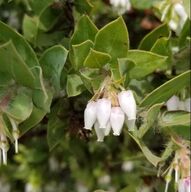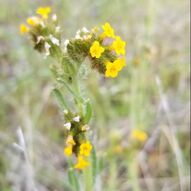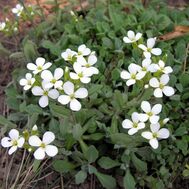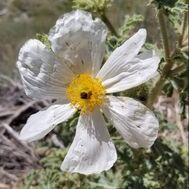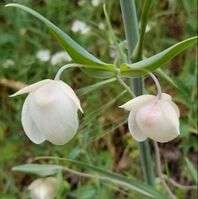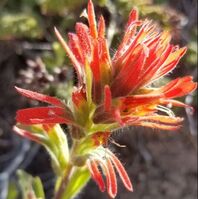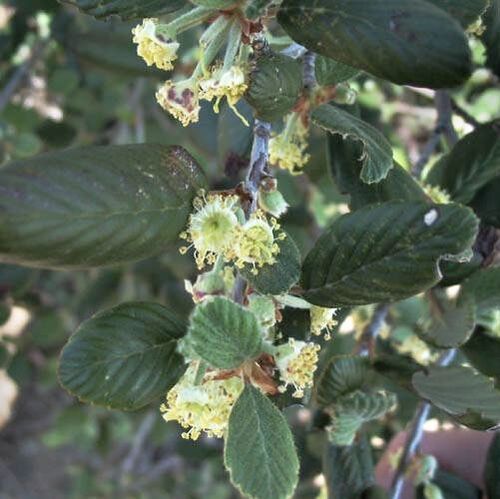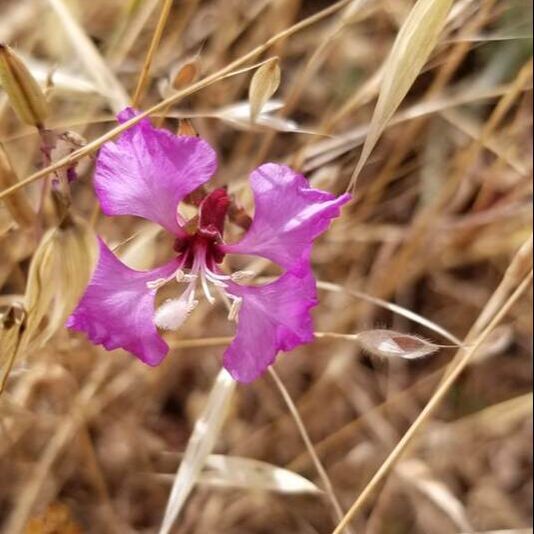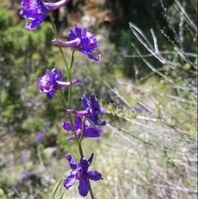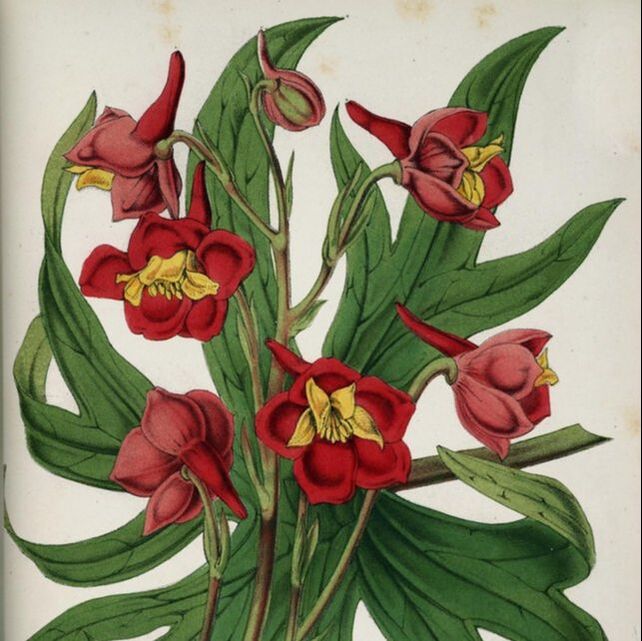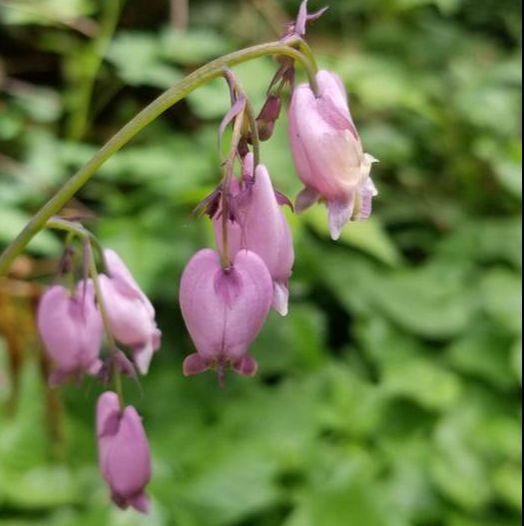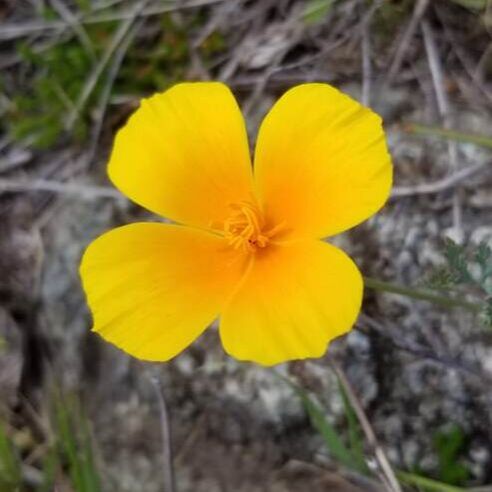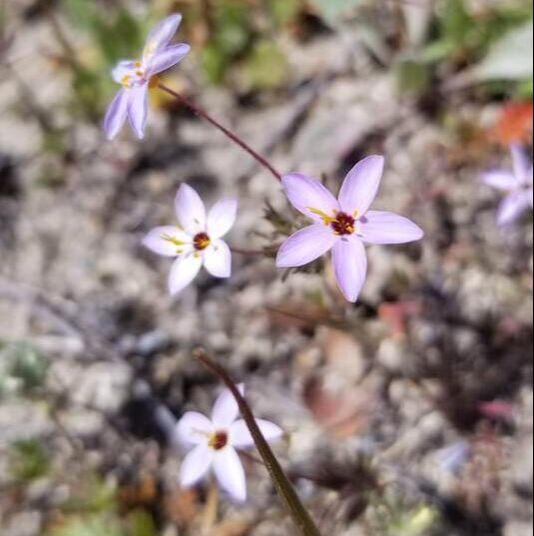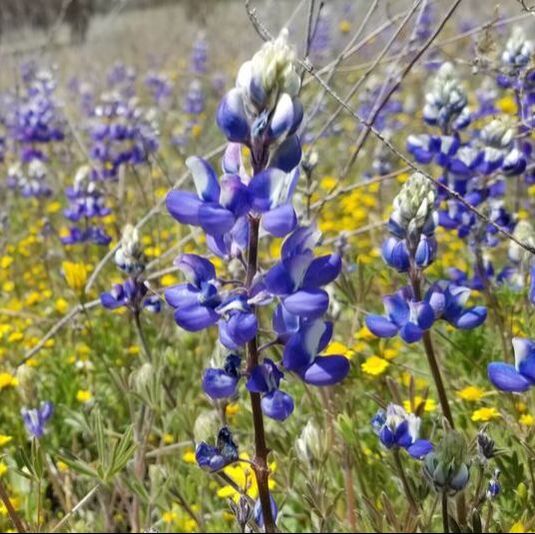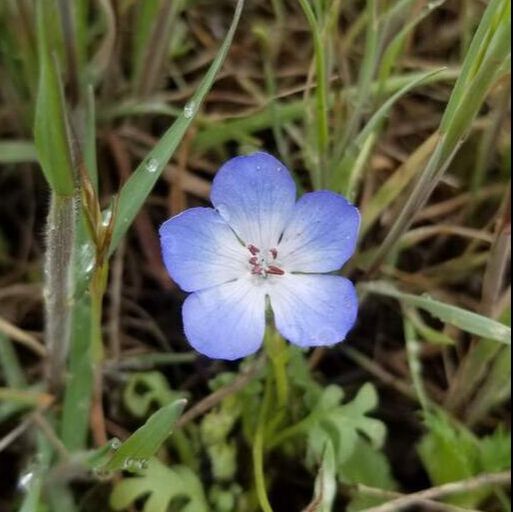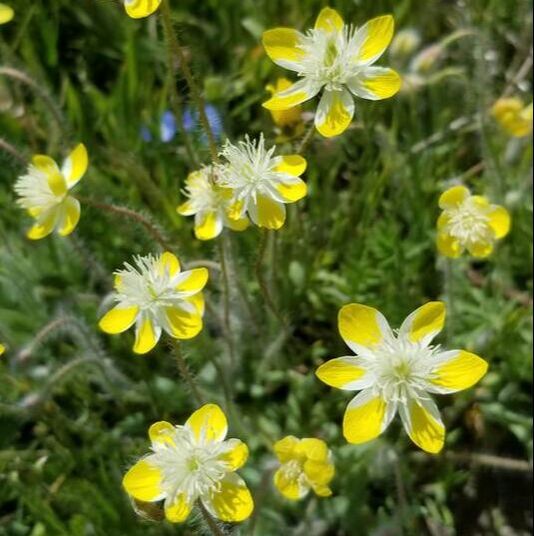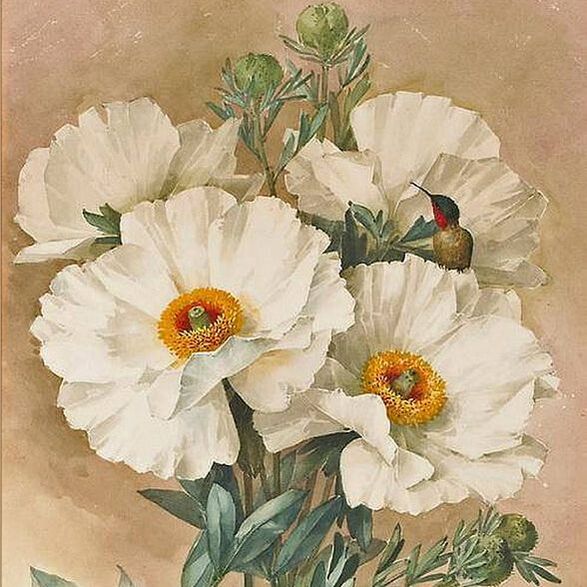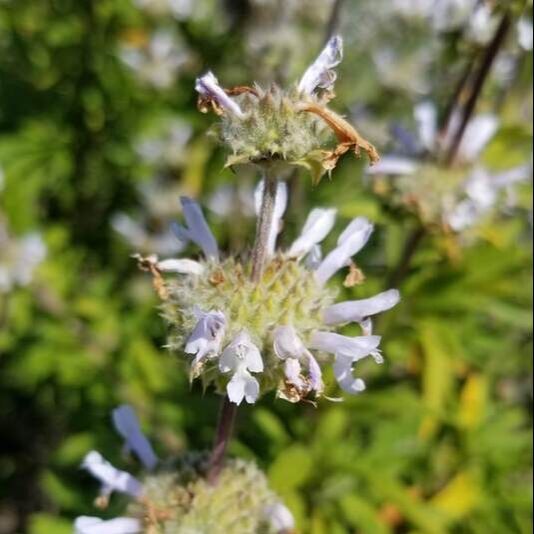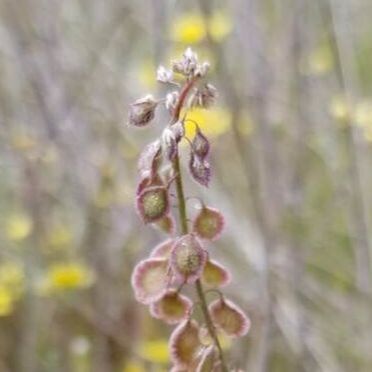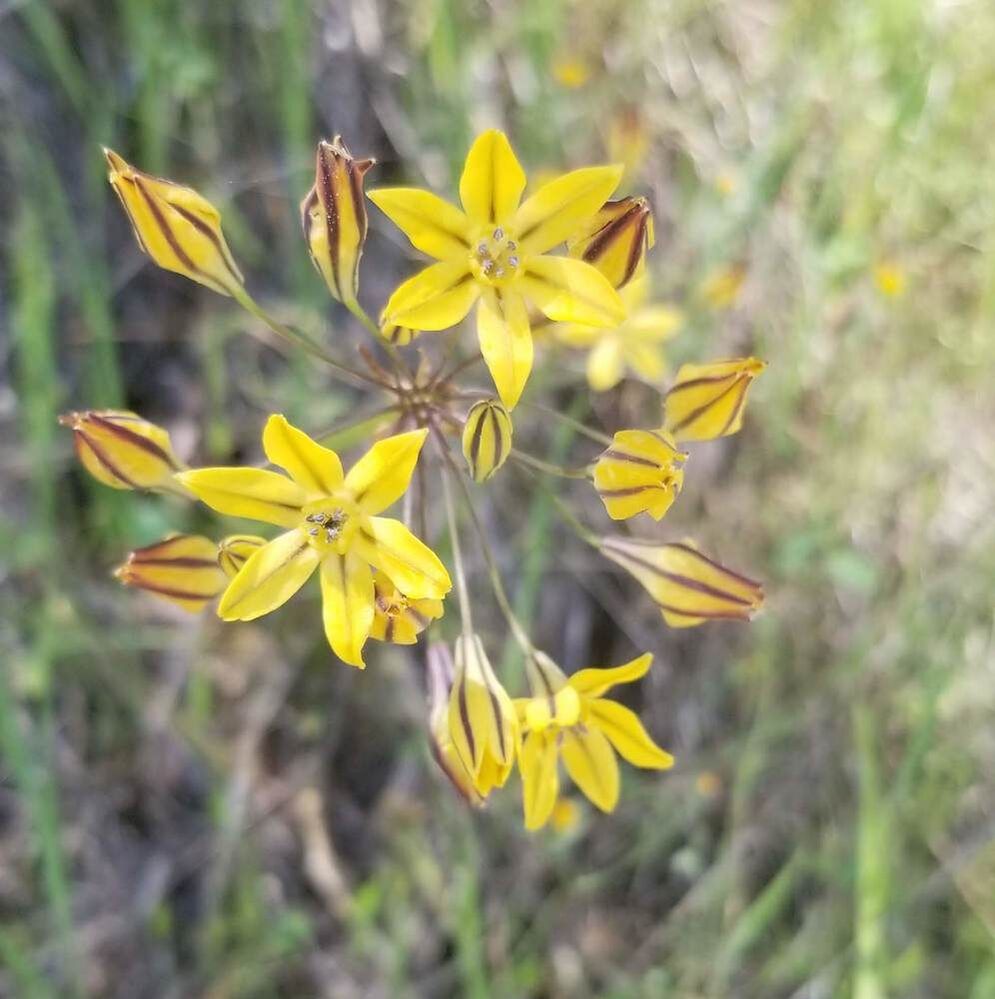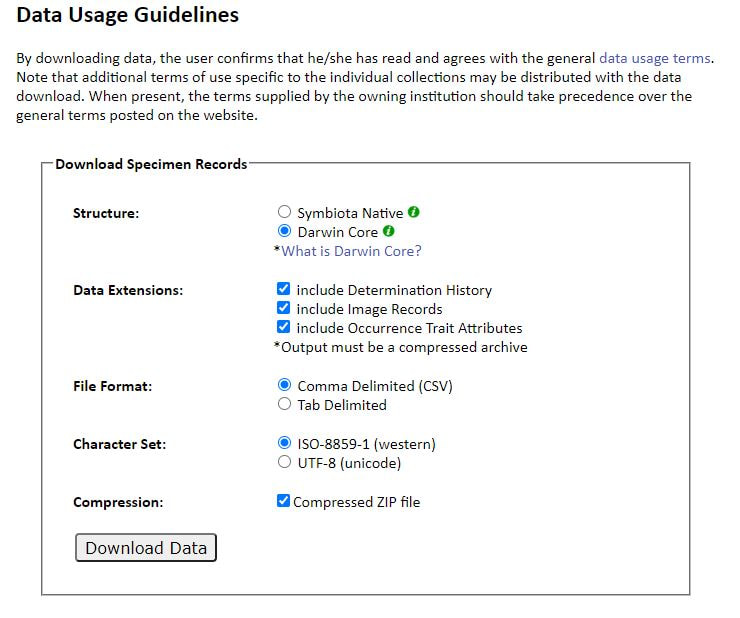Phenological Scoring of Herbarium Specimens
|
A key goal of the California Phenology Network was to develop data standards and tools to enable capture, storage, and dissemination of phenological data from herbarium specimens. This page documents the phenological scoring schema used by the CAP Network, serves as a repository for scoring protocols as they are developed, and describes how to access and use phenological data from our data portal, CCH2.
|
Jump to Section:
- Data standards
- Terms and definitions used to score phenology of herbarium specimens
- Scoring specimens
- Scoring tools, protocols, and taxon-specific cheatsheets for scoring phenology of herbarium specimens
- Output
- How to access and download phenological data from CCH2.
Data standards
|
The general phenological scoring schema is shown below. Each term is linked to a corresponding term in the Plant Phenology Ontology (see last column). The schema can be downloaded by clicking the button below.
|
Scoring specimens
Using the Phenological Scoring Tools in CCH2
|
This guide describes the general use of three tools in CCH2 that enable scoring of phenological traits from specimen images and text.
|
Family protocols/cheatsheets
Genus and species protocols/cheatsheets
|
|
Output
|
|
Make sure to check the box next to "Include Occurrence Trait Attributes," then download your data.
|
|
Phenological data scored from herbarium specimens are stored in a Darwin Core MeasurementOrFact file. This means that when you download phenological data, you will not find this information in the main "occurrences" table that contains the rest of the specimen data. The MeasurementOrFact file will contain the following fields:
|
- coreid - the unique SymbiotaID number assigned to the specimen by CCH2; note that this is not the same as the specimen's catalog number or GUID and should not be used to cite the specimen
- measurementType - the phenological class being assessed (angiosperm reproductive trait, unopen flower, open flower, or fruit)
- measurementTypeID - the plant phenology ontology (PPO) term that corresponds to the phenological class being assessed
- measurementValue - the score being applied to the phenological class being assessed (present, absent, reproductive, sterile)
- measurementValueID - the plant phenology ontology (PPO) term that corresponds to the score being applied to the specimen
- measurementUnit - empty
- measurementDeterminedDate - date and time of phenological scoring
- measurementDeterminedBy - the username or the person who created the phenological scoring
- measurementRemarks - notes made by the scorer about the phenological score
|
Note that each phenological score--not each specimen--has an individual row in the measurementOrFact file. For example, if a specimen is marked as reproductive, flowers present, and fruit present, there will be three separate rows with the same coreid.
Because this format may be awkward for some data users, we have developed an R script that combines the phenological data with the occurrence data. Click the button below to download the script.
|
